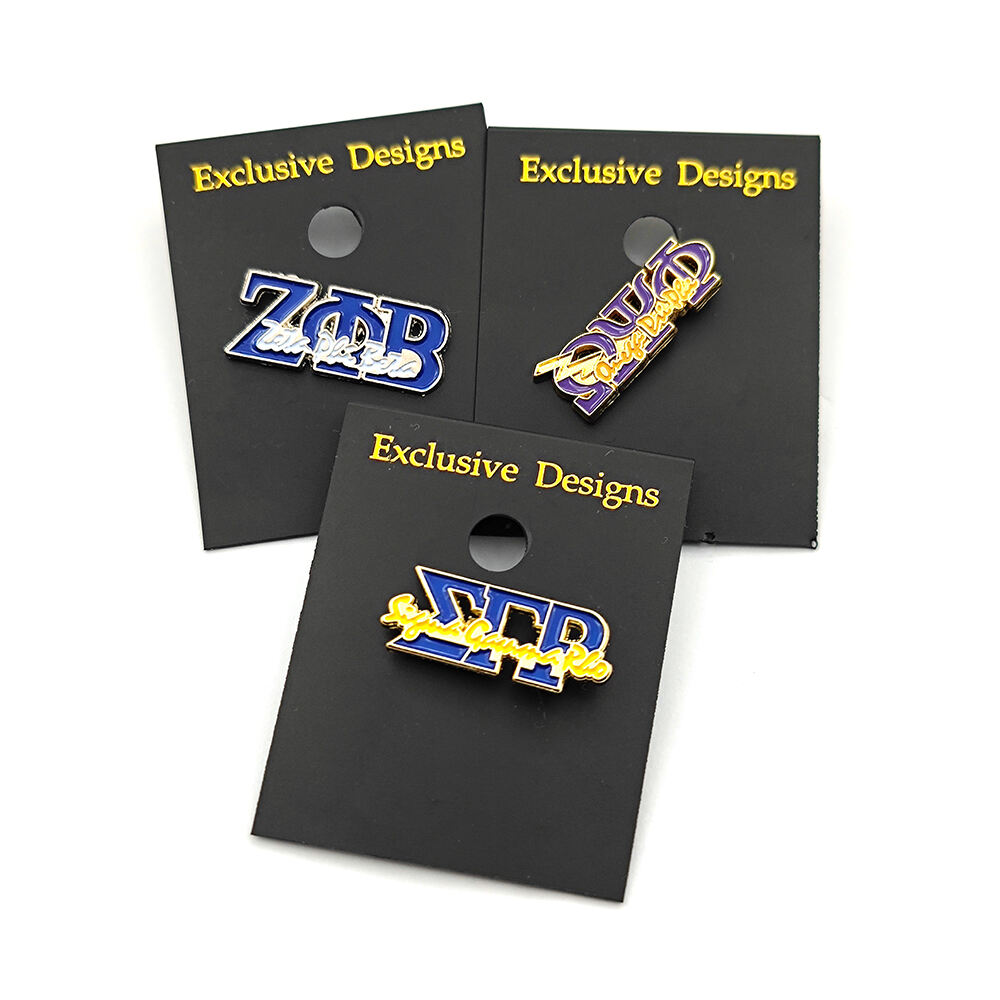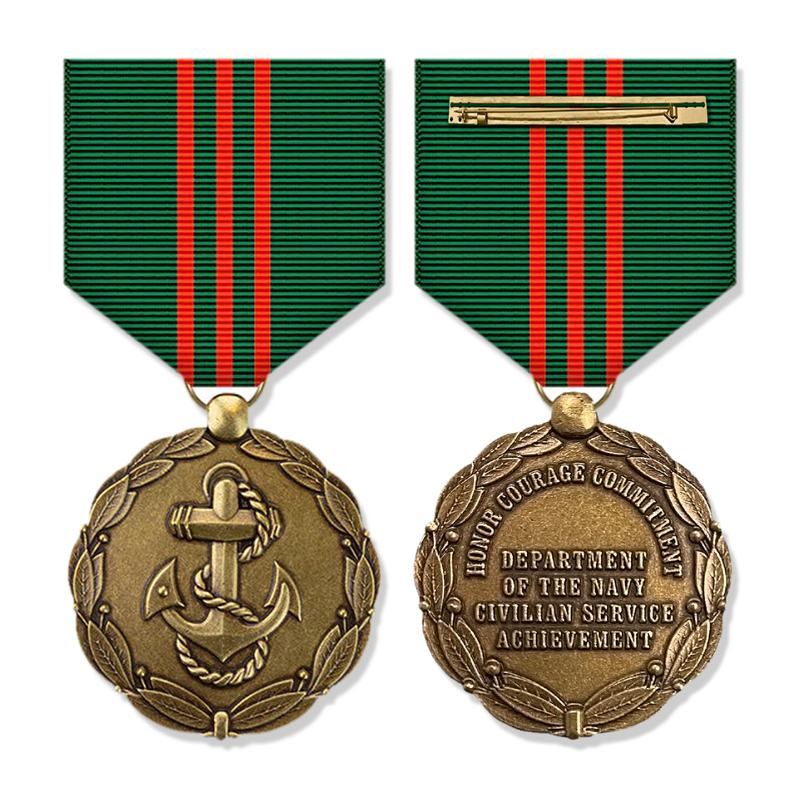Apa Itu Penanda Bola Golf dan Mengapa Penting?
A golf Ball Marker adalah objek kecil dan datar yang digunakan oleh pemain golf untuk menandai posisi bola golf mereka di green. Ketika seorang pemain golf perlu mengangkat bola—entah untuk membersihkannya, menghindari mengganggu putts pemain lain, atau karena bola berada di jalur tembakan timnya—mereka meletakkan penanda bola golf tepat di tempat bola berada. Ini memastikan mereka dapat meletakkan kembali bola persis di lokasi yang sama, menjaga keadilan dalam permainan. Meskipun desainnya sederhana, seorang golf Ball Marker memainkan peran penting dalam menjaga aturan dan etika permainan golf, menjadikannya aksesori penting bagi setiap pemain golf.
Apa Itu Penanda Bola Golf?
Penanda bola golf biasanya merupakan benda kecil dan ringan, sering berbentuk bulat atau seperti koin, yang mudah dimasukkan ke dalam saku atau tas golf pemain. Penanda ini dirancang rata sehingga tidak mengganggu pukulan pemain lain atau merusak permukaan green. Penanda bola golf tersedia dalam berbagai bahan, termasuk logam (seperti baja tahan karat atau kuningan), plastik, kayu, atau bahkan kulit, dan sering kali memiliki desain, logo, atau ukiran yang mencerminkan gaya pribadi pemain, tim favorit, atau afiliasi klubnya.
Ukuran penanda bola golf biasanya kecil—sebagian besar berdiameter antara 1 inci (25mm) hingga 1,5 inci (38mm)—cukup kecil agar tidak mengganggu namun cukup besar untuk jelas menandai posisi bola. Beberapa penanda bersifat magnetis, memungkinkan penanda menempel pada sarung tangan golf, klip topi, atau alat pencabut rumput (divot tool) untuk memudahkan akses. Yang lainnya dijual dalam set yang terdiri dari penanda dan tempatnya, sehingga memudahkan pembawaannya selama bermain golf.
Cara Kerja Penanda Bola Golf?
Menggunakan penanda bola golf adalah proses yang sederhana, tetapi mengikuti aturan tertentu untuk memastikan keadilan. Begini cara kerjanya selama putaran golf biasa:
- Mengidentifikasi Kebutuhan untuk Menandai : Saat bola golf seorang pemain berada di green dan perlu dipindahkan, pemain tersebut terlebih dahulu memastikan apakah mengangkat bola diperbolehkan (biasanya diperbolehkan di green, kecuali dalam aturan turnamen tertentu). Alasan umum termasuk membersihkan bola, memindahkannya dari garis putt pemain lain, atau mempersiapkan pukulan tim dalam permainan beregu.
- Meletakkan Penanda : Pemain golf dengan hati-hati mengangkat bola golf dan meletakkan penanda bola golf tepat di belakang atau di samping posisi bola semula. Sebagian besar pemain meletakkan penanda di belakang bola untuk menghindari bola tersentuh secara tidak sengaja, tetapi yang terpenting adalah menandai lokasi tepatnya bola.
- Mengangkat Bola : Setelah penanda ditempatkan, pemain mengangkat bola, membersihkannya jika diperlukan, dan menjaganya hingga saatnya menggantikan bola tersebut.
- Menggantikan Bola ketika siap melakukan putt, pemain golf menempatkan bola kembali persis di tempat penanda bola golf tadi berada, lalu menghilangkan penandanya. Ini memastikan bola berada di posisi yang sama seperti sebelum diangkat, sehingga jarak dan sudut putt tetap tidak berubah.
Proses ini sangat penting untuk menjaga integritas permainan, karena menggerakkan bola sekecil apa pun dapat mengubah hasil sebuah putt.
Mengapa Penanda Bola Golf Penting?
Penanda bola golf mungkin terlihat seperti aksesori kecil, tetapi perannya dalam permainan golf tidak bisa diremehkan. Alat ini memiliki beberapa fungsi penting yang menjaga aturan, etika, dan keadilan dalam permainan.
Menjaga Aturan Golf
Golf adalah olahraga yang diatur oleh aturan ketat, dan penggunaan penanda bola golf diwajibkan oleh Aturan Golf yang ditetapkan oleh USGA (United States Golf Association) dan R&A (The Royal and Ancient Golf Club of St Andrews). Menurut Aturan 14, seorang pemain harus menandai posisi bola sebelum mengangkatnya di green. Gagal menggunakan penanda dapat mengakibatkan penalti pukulan, karena memindahkan bola tanpa menandainya melanggar aturan.
Penanda bola golf memastikan bahwa ketika bola diangkat, bola tersebut dapat ditempatkan kembali persis di titik yang sama, sehingga mencegah keuntungan yang tidak adil. Sebagai contoh, jika sebuah bola berada dalam depresi kecil atau di lereng, meletakkan kembali bola secara benar memastikan pemain golf menghadapi tantangan yang sama seperti sebelumnya. Tanpa penanda, hampir mustahil untuk mengingat posisi tepatnya, yang dapat menyebabkan perselisihan atau pelanggaran aturan secara tidak sengaja.
Mempromosikan Etika dan Permainan yang Adil
Golf dikenal karena penekanannya pada etika dan sportivitas, dan penanda bola golf memainkan peran penting dalam hal ini. Dengan menandai bola mereka, seorang pemain golf menunjukkan rasa hormat kepada pemain lain dengan memastikan bola mereka tidak menghalangi atau mengganggu puttan pemain lain. Ini terutama penting dalam permainan kelompok, di mana beberapa pemain melakukan puttan di green yang sama.
Sebagai contoh, jika bola Pemain A berada di jalur puttan Pemain B, Pemain A akan menandai bola mereka dan mengangkatnya, memungkinkan Pemain B melakukan puttan tanpa gangguan. Tindakan sopan ini menjaga permainan tetap berjalan lancar dan mencegah kekecewaan di antara para pemain. Menggunakan penanda bola golf adalah cara sederhana untuk menunjukkan etika yang baik, nilai inti dalam budaya golf.
Mencegah Kerusakan pada Green
Lapangan golf dipelihara dengan cermat untuk memberikan permukaan yang rata guna melakukan putting, dan penanda bola golf membantu melindungi permukaan tersebut. Ketika seorang pemain golf perlu mengangkat bola mereka, menggunakan penanda yang datar dan ringan mencegah kerusakan pada permukaan lapangan. Berbeda dengan bola itu sendiri yang kecil dan keras, penanda menyebar beban secara merata dan lebih kecil kemungkinannya menyebabkan lekukan atau goresan.
Selain itu, penanda dirancang agar mudah diangkat tanpa mencabut rumput. Hal ini membantu menjaga kondisi lapangan tetap baik untuk semua pemain, memastikan permainan berlangsung adil sepanjang pertandingan.
Personalisasi dan Identitas
Selain fungsinya, penanda bola golf juga bisa menjadi cara bagi pemain golf untuk mengekspresikan kepribadian atau afiliasinya. Banyak pemain golf memilih penanda dengan desain yang mencerminkan minat mereka—seperti logo tim olahraga favorit, inisial mereka, atau simbol yang terkait dengan hobi atau profesinya. Klub golf, turnamen, dan bisnis sering membuat penanda bola golf khusus sebagai suvenir atau item promosi, menjadikannya aksesori yang menyenangkan dan personal.
Sebagai contoh, sebuah perusahaan mungkin membagikan penanda bermerek dalam acara golf perusahaan, atau seorang pemain golf mungkin menggunakan penanda dari turnamen yang berkesan yang pernah diikutinya. Sentuhan personal ini menambah kesenangan dalam permainan dan membuat penanda tersebut lebih dari sekadar alat—penanda itu berubah menjadi benda kenang-kenangan atau cara untuk terhubung dengan pemain golf lain yang memperhatikan desainnya.
Jenis Penanda Bola Golf
Penanda bola golf tersedia dalam berbagai gaya, bahan, dan desain, memenuhi berbagai preferensi dan kebutuhan. Berikut ini beberapa jenis umum:
- Penanda Logam : Terbuat dari baja tahan karat, kuningan, atau aluminium, bahan ini tahan lama dan sering kali memiliki ukiran atau permukaan mengkilap. Bahan ini populer karena ketahanannya dan tampilan yang ramping.
- Penanda Plastik : Ringan dan terjangkau, penanda plastik tersedia dalam berbagai warna dan desain. Penanda ini sering digunakan untuk cetakan khusus, menjadikannya favorit untuk turnamen atau acara promosi.
- Penanda Magnetik : Penanda ini memiliki lapisan magnet di bagian belakangnya, memungkinkan penanda menempel pada sarung tangan golf, klip topi, atau alat penggali rumput. Hal ini membuatnya mudah dijangkau dan tidak mudah hilang.
- Penanda Kayu atau Kulit : Produk ini menawarkan tampilan alami dan klasik serta sering dibuat secara kerajinan tangan. Produk ini ringan dan ramah lingkungan, menarik bagi pemain golf yang lebih memilih bahan alami.
- Penanda Khusus : Penanda ini hadir dalam bentuk unik, seperti bentuk hewan, peralatan olahraga, atau landmark terkenal. Penanda ini menambah keseruan dalam permainan dan sering dikoleksi oleh pemain golf.
Tidak peduli jenisnya, penanda bola golf terbaik adalah yang mudah digunakan, tahan lama, dan mencerminkan gaya pemain golf sambil melayani tujuan utamanya.
FAQ
Apakah aku perlu penanda bola golf untuk bermain golf?
Ya, penanda bola golf sangat penting untuk bermain golf di lapangan hijau. Aturan Golf mengharuskan Anda untuk menandai bola Anda sebelum mengangkatnya, dan tanpa penanda, Anda berisiko hukuman atau perselisihan.
Bisakah aku menggunakan benda apapun sebagai penanda bola golf?
Meskipun Aturan Golf mengizinkan penggunaan benda kecil dan datar apa pun (seperti koin), lebih baik menggunakan penanda bola golf khusus. Koin bisa digunakan dalam keadaan darurat, tetapi penanda dirancang agar ringan, mudah dipegang, dan kurang berpotensi merusak permukaan hijau (green).
Seberapa besar ukuran penanda bola golf yang seharusnya?
Sebagian besar penanda bola golf memiliki diameter antara 1 inci hingga 1,5 inci. Ukurannya harus cukup kecil agar tidak mengganggu, tetapi tetap cukup besar untuk dengan jelas menandai posisi bola.
Mengapa pemain golf menandai bola mereka di atas green tetapi tidak di tempat lain?
Di atas green, bola sering kali berdekatan, dan melakukan putting membutuhkan ketepatan. Penandaan memungkinkan pemain golf memindahkan bola tanpa kehilangan posisi. Di luar green, bola cenderung tidak mengganggu permainan, sehingga penandaan tidak diperlukan.
Apakah penanda bola golf dapat mempengaruhi pukulan putting?
Penanda bola golf harus datar dan cukup kecil sehingga tidak mengganggu pukulan putting. Pemain menghilangkan penanda sebelum melakukan pukulan putting, sehingga penanda hanya sementara menempati posisi tersebut dan tidak mengganggu jalur bola.










 Berita Terkini
Berita Terkini